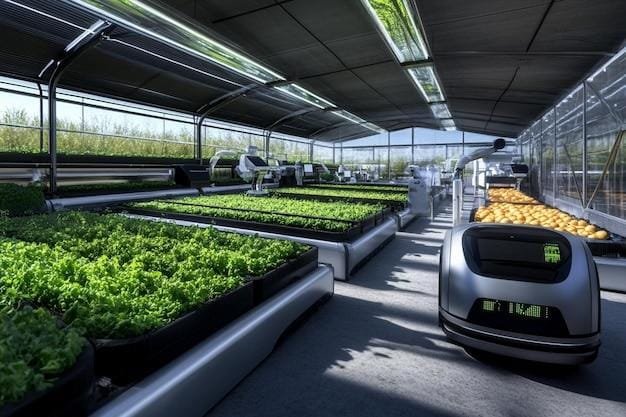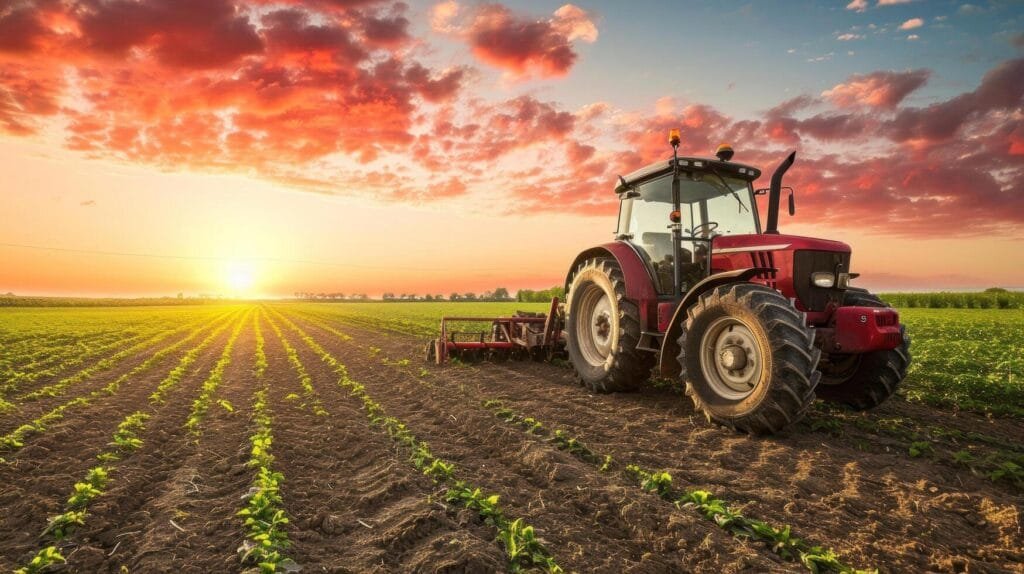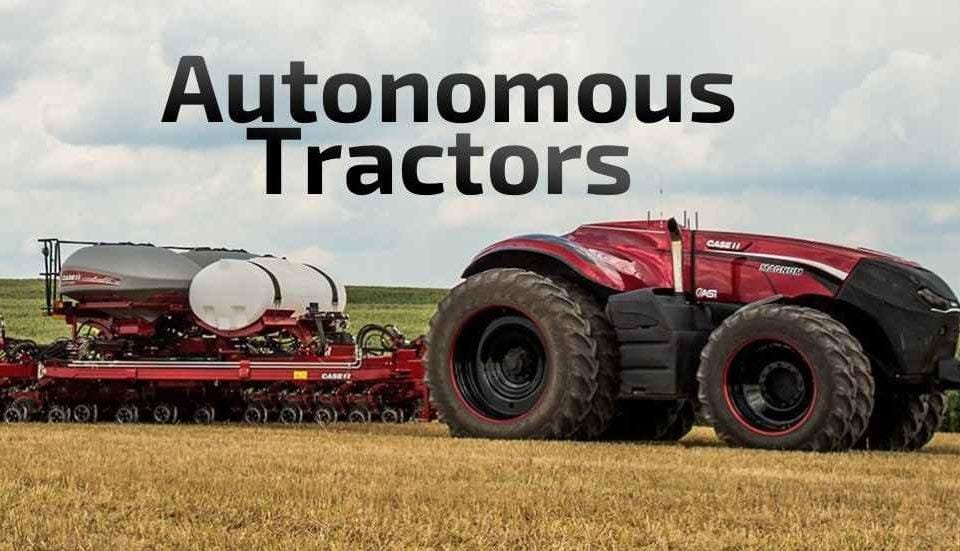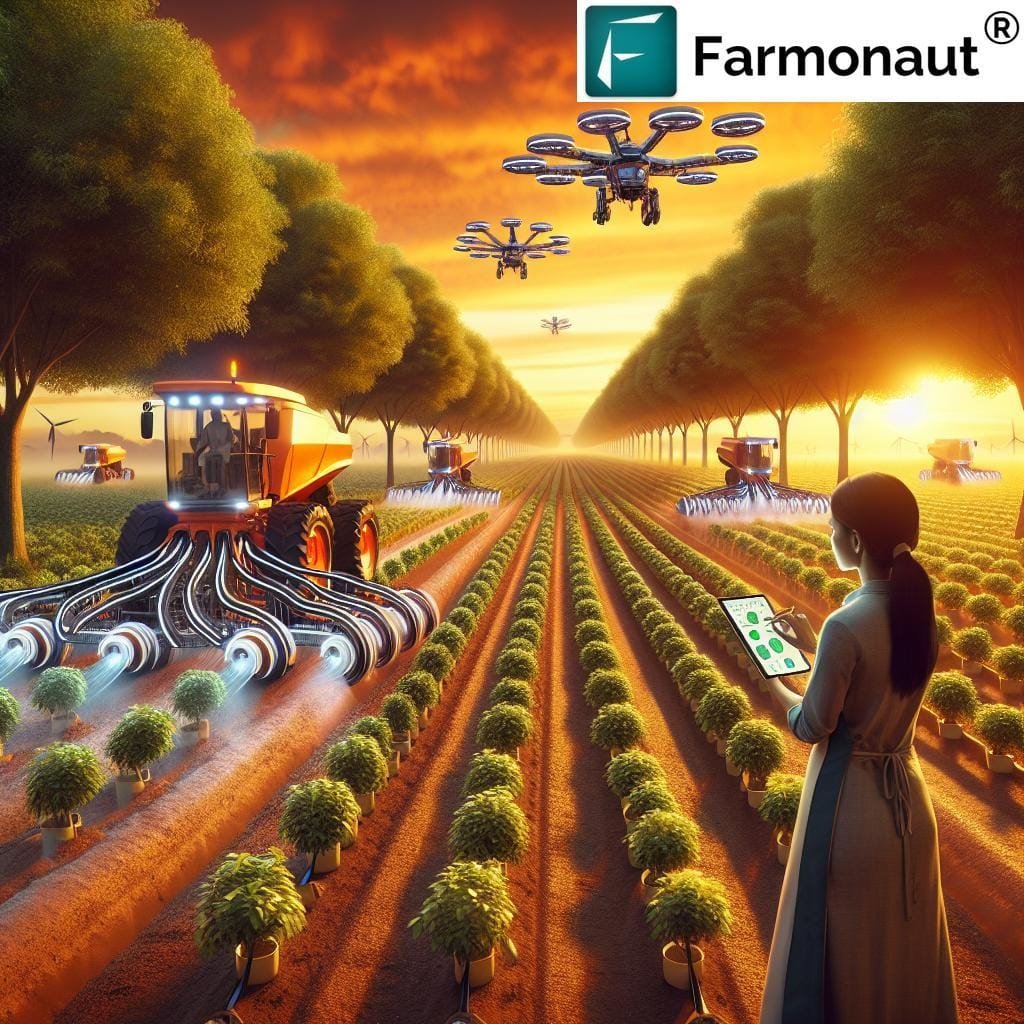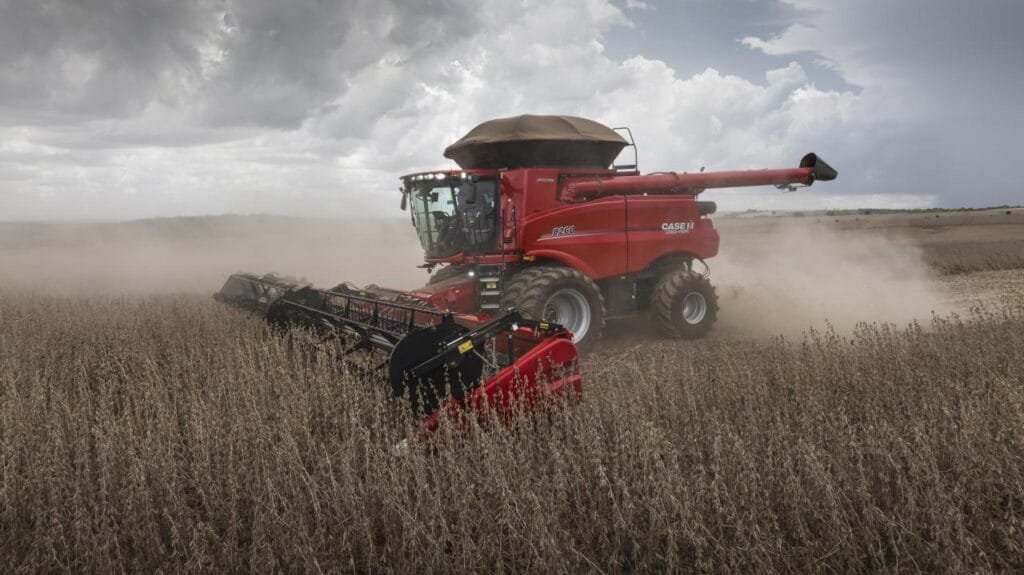The Silent Revolution: How Advanced Satellite Technology Transformed Autonomous Farm Machinery
Agricultural landscapes have witnessed a swift metamorphosis over recent years. Satellite technology, once relegated to weather prediction and basic GPS functions, now empowers farmers with unprecedented control over their operations. The integration of space-based systems with ground equipment has unlocked possibilities that earlier generations of agriculturalists could scarcely envision.
Modern autonomous farming equipment relies heavily on satellite connectivity to navigate fields with astonishing accuracy. These sophisticated machines can plow, plant, and harvest with minimal human oversight, fundamentally altering the character of agricultural labor. Farmers increasingly monitor operations from remote locations while machinery executes complex tasks independently. This technological symphony has enhanced productivity while addressing persistent challenges in labor availability.
Precision represents the cornerstone benefit of satellite-augmented farm equipment. Traditional farming methods often resulted in excess application of critical inputs such as water and fertilizers. Contemporary satellite systems deliver real-time insights about soil conditions, enabling targeted resource deployment where genuinely needed. This capability has reduced waste substantially – some implementations report input reductions exceeding 30% while simultaneously boosting overall yields.
Weather patterns constitute a perennial concern for agricultural operations. With satellite technology, autonomous equipment receives continuous atmospheric updates, allowing for swift operational adjustments when conditions shift unexpectedly. Machinery can automatically halt operations before storms arrive or modify irrigation schedules based on precipitation forecasts. This adaptive capacity minimizes crop damage while optimizing resource utilization throughout growing seasons.
The economic implications remain substantial. Initial investment costs for satellite-integrated autonomous systems present significant hurdles for smaller operations, yet the long-term financial equation increasingly favors adoption. Operational expenses decline markedly once systems achieve implementation, with reduced labor requirements offsetting initial capital outlays. Many farmers report breakeven points arriving sooner than initially projected, though results vary widely depending on operational scale and crop selection.
Fleet management capabilities have transformed dramatically through satellite connectivity. Farm owners can monitor equipment performance, location data, and operational status in real-time regardless of their physical position relative to the machinery. This connectivity enables rapid troubleshooting when systems encounter difficulties and allows for efficient deployment of human resources only when absolutely necessary. The psychological impact of this control shouldn’t be underestimated – farmers report significant stress reduction when capable of monitoring operations remotely.
AI-powered satellite technology has become a crucial aspect of modern crop management by 2025. Systems now analyze multispectral imagery to assess plant health, predict yield outcomes, and identify potential problems before they manifest visibly. The predictive accuracy of these systems has improved dramatically, with some platforms achieving 95% accuracy in yield projections. This represents a quantum leap beyond traditional methods which typically achieved 60-70% accuracy using conventional assessment techniques.
Decision-making timelines have compressed dramatically. Traditional farming methods typically required days or even weeks to gather sufficient information for major operational decisions. Satellite-augmented systems deliver actionable intelligence within hours or even minutes, allowing for nimble responses to emerging situations.
Satellite technology has enabled unprecedented traceability within agricultural supply chains. From planting through harvest and delivery, autonomous systems maintain comprehensive data records that document every aspect of production. This transparency satisfies regulatory requirements while meeting growing consumer demands for production information. Some platforms now integrate blockchain technology to ensure data integrity throughout the process.
The human element in farming continues evolving alongside these technological advances. Rather than eliminating agricultural careers, satellite-augmented autonomous systems have shifted labor requirements toward technical oversight and strategic management. Traditional farming knowledge remains valuable but must now coexist with technological fluency. This transition has created both opportunities and challenges in rural communities heavily dependent on agricultural employment.
Like a stubborn weed that refuses simple classification, the revolution in satellite-enabled farm equipment defies straightforward categorization. It represents simultaneously a technological triumph, an economic disruptor, and a social transformation. The coming decade will undoubtedly bring further refinements as systems become increasingly sophisticated. What remains certain is that agriculture has entered an era where eyes in the sky guide hands in the soil with unprecedented precision.


